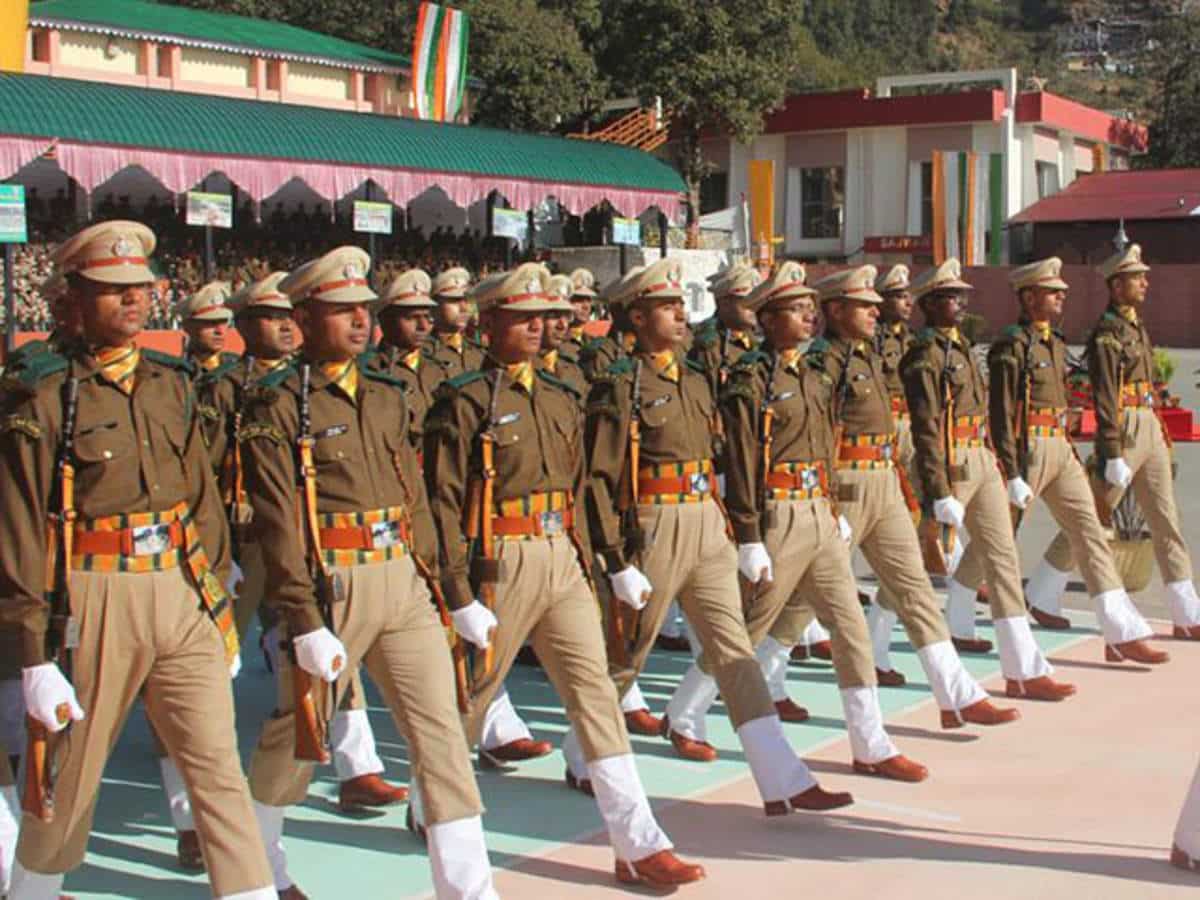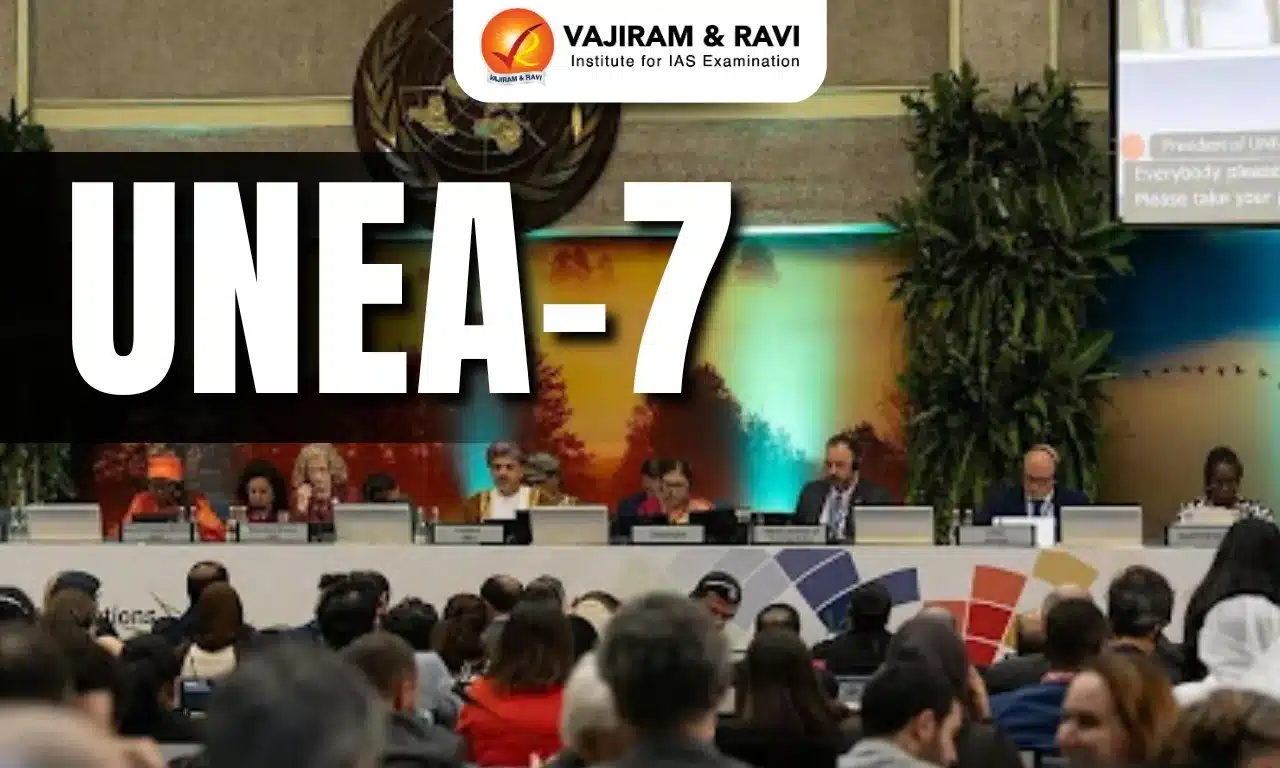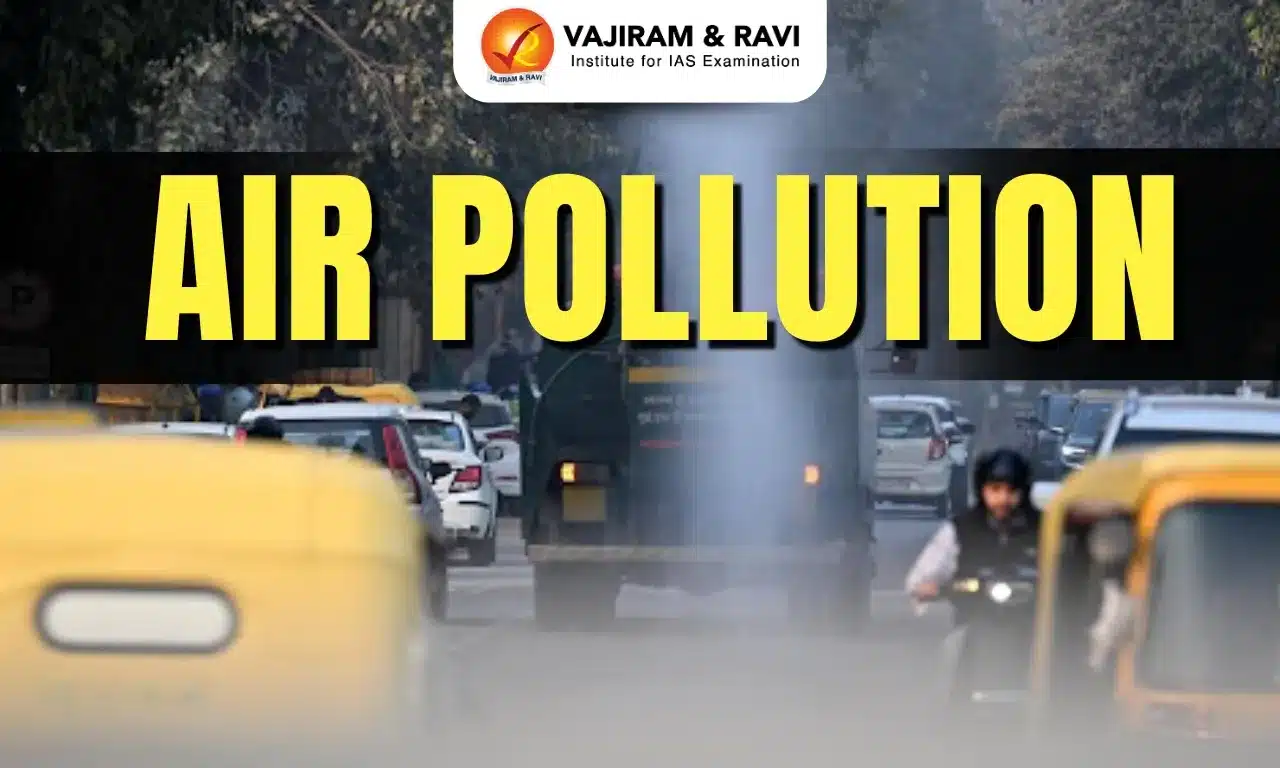What’s in today’s article?
- Why in News?
- About Central Armed Police Force (CAPF)
- Assam Rifles (AR)
- Border Security Force (BSF)
- Central Industrial Security Force (CISF)
- Central Reserve Police Force (CRPF)
- Indo Tibetan Border Police (ITBP)
- National Security Guard (NSG)
- Sashastra Seema Bal (SSB)
- Challenges, along with Suggestions, Faced by the CAPF in India
Why in News?
- According to data provided by the Ministry of Home Affairs (MHA) to Parliament recently, 432 personnel of the Central Armed Police Force (CAPF) died by suicide in the last three years.
About Central Armed Police Force (CAPF)
- Central Armed Police Forces is the collective name of central police organizations in India under the authority of Ministry of Home Affairs.
- These are technically paramilitary forces formerly known as “Central Para-Military Forces (CPMF)”.
- Since 2011, India adopted the term “Central Armed Police Forces” to drop the word “paramilitary”.
- These forces are responsible for internal security and guarding the borders.
- The Central Armed Police Forces refers to seven security forces, all functioning under the authority of Ministry of Home Affairs.
- These seven security forces are –
- Assam Rifles (AR)
- Border Security Force (BSF)
- Central Industrial Security Force (CISF)
- Central Reserve Police Force (CRPF)
- Indo Tibetan Border Police (ITBP)
- National Security Guard (NSG)
- Sashastra Seema Bal (SSB)
- Each of the seven has its own cadre of officers, but they are headed by officers of the Indian Police Service.
Assam Rifles (AR)
- The Assam Rifles is a central police and paramilitary organisation responsible for border security, counter-insurgency, and law and order in Northeast India.
- Its primary role is to guard the 1,643-kilometre-long Indo-Myanmar border.
- The AR comes under the administration of the Ministry of Home Affairs (MHA), while its operational control is maintained by the Indian Army.
- The AR is often nicknamed “Sentinels of the North East” and “Friends of the Hill People”.
- It is the oldest paramilitary force in India.
Border Security Force (BSF)
- The primary role of the Border Security Force is to guard the Indo-Pakistan and Indo-Bangladesh borders, it is deployed both on the international border and the Line of Control (LOC).
- The BSF has air wing, marine wing, an artillery regiment, and commando units.
- It currently stands as the world’s largest border guarding force.
- BSF has been termed as the First Line of Defence of Indian Territories.
Central Industrial Security Force (CISF)
- The Central Industrial Security Force came into existence in 1969 to provide integrated security cover to certain sensitive public sector undertakings.
- The CISF security umbrella includes India’s most critical infrastructure facilities like nuclear installations, space establishments, airports, seaports, power plants etc.
Central Reserve Police Force (CRPF)
- The CRPF’s primary role lies in assisting the State/Union Territories in police operations to maintain law and order and counter-insurgency.
- The Central Reserve Police includes:
- The Rapid Action Force (RAF), a 15-battalion anti-riot force trained to respond to sectarian violence.
- The Commando Battalion for Resolute Action (COBRA), a 10-battalion strong anti-Naxalite/COIN force.
- It came into existence as the Crown Representative’s Police in 1939.
- Besides law and order and counter-insurgency duties, the CRPF has played an increasingly large role in India’s general elections.
Indo Tibetan Border Police (ITBP)
- The Indo Tibetan Border Police was established in 1962 in the aftermath of the Indo-China war.
- The ITBP is deployed for guarding duties on the Indo-China border from Karakoram Pass in Ladakh to Diphu Pass in Arunachal Pradesh covering a total distance of 3,488 km.
- It is a specialized mountain force and most of the officers and men are professionally trained mountaineers and skiers.
National Security Guard (NSG)
- The National Security Guard (NSG), commonly known as Black Cats, is a counter-terrorism unit.
- It was founded under the National Security Guard Act, 1986.
- It was founded following Operation Blue Star, for combating terrorist activities and protect states against internal disturbances.
Sashastra Seema Bal (SSB)
- Sashastra Seema Bal is a border guarding force of India deployed along its borders with Nepal and Bhutan.
- The force was originally set up under the name Special Service Bureau in 1963 in the aftermath of the Indo-China War to strengthen India’s border areas against enemy operations.
Challenges, along with Suggestions, Faced by the CAPF in Indi
- The Committee on Estimates, chaired by Dr. Murli Manohar Joshi, had submitted its report on ‘Central Armed Police Forces and Internal Security Challenges – Evaluation and Response Mechanism’ in March, 2018.
- Deployment of CAPFs –
- The Committee observed that there was heavy dependence of states on central armed police forces (CAPFs), even for everyday law and order issues.
- This was likely to affect the anti-insurgency and border guarding operations, besides curtailing the training needs of these forces.
- The Committee recommended that states must develop their own systems, and augment their police forces by providing adequate training and equipment.
- Training of CAPFs –
- The Committee observed that there was heavy dependence of states on CAPFs, even for everyday law and order issues.
- This was likely to affect the anti-insurgency and border guarding operations, besides curtailing the training needs of these forces.
- The Committee recommended that states must develop their own systems, and augment their police forces by providing adequate training and equipment.
- Modernizing of CAPFs –
- The Modernization Plan II (2012-17), approved by the Cabinet Committee on Security, aims at providing financial support to CAPFs for modernizing arms, clothing, and equipment.
- However, the Committee observed that the procurement process under the Plan was cumbersome and time consuming.
- The committee recommended that bottlenecks in procurement should be identified and corrective action taken.
- Further, the Ministry of Home Affairs and CAPFs should hold negotiations with ordnance factories and manufacturers in public or private sector to ensure uninterrupted supply of equipment and other infrastructure.
- Stress among CAPF Personnel
- According to data provided by the Ministry of Home Affairs (MHA) to Parliament recently, 432 personnel of the CAPF died by suicide in the last three years. Overall, 1,532 personnel died by suicide since 2011.
- In April 2023, the MHA had informed the Lok Sabha that the causative factors in most cases of fratricide in the CAPFs are generally –
- personal and domestic problems, family issues, depression and work-related issues.
- The Committee emphasized the need of accommodation near the deployment of the respective force, to enable personnel to meet their family members.
- Youth in Jammu & Kashmir –
- The Committee noted that there was an urgent need to engage with the youth in Jammu and Kashmir, to bring them into the mainstream.
- The central government has introduced schemes to increase employability of youth in Jammu and Kashmir, including Udaan and Himayat.
- The Committee recommended that the impact of these schemes needs to be evaluated by the central and state governments.
Q1) What is the meaning of paramilitary forces?
A paramilitary force is a semi-militarized force whose organizational structure, tactics, training, subculture, and (often) function are similar to those of a professional military, but which is not included as part of a state’s formal armed forces.
Q2) What is the role of the Special Protection Group (SPG)?
The Special Protection Group is an agency of the Government of India whose sole responsibility is protecting the Prime Minister of India and in some cases, his or her family. It was formed in 1988 by an Act of the Parliament of India.
Source: 1532 paramilitary personnel died by suicide in last 13 years: govt to Parliament | MHA
Last updated on December, 2025
→ Check out the latest UPSC Syllabus 2026 here.
→ Join Vajiram & Ravi’s Interview Guidance Programme for expert help to crack your final UPSC stage.
→ UPSC Mains Result 2025 is now out.
→ UPSC Notification 2026 is scheduled to be released on January 14, 2026.
→ UPSC Calendar 2026 is released on 15th May, 2025.
→ The UPSC Vacancy 2025 were released 1129, out of which 979 were for UPSC CSE and remaining 150 are for UPSC IFoS.
→ UPSC Prelims 2026 will be conducted on 24th May, 2026 & UPSC Mains 2026 will be conducted on 21st August 2026.
→ The UPSC Selection Process is of 3 stages-Prelims, Mains and Interview.
→ UPSC Result 2024 is released with latest UPSC Marksheet 2024. Check Now!
→ UPSC Prelims Result 2025 is out now for the CSE held on 25 May 2025.
→ UPSC Toppers List 2024 is released now. Shakti Dubey is UPSC AIR 1 2024 Topper.
→ UPSC Prelims Question Paper 2025 and Unofficial Prelims Answer Key 2025 are available now.
→ UPSC Mains Question Paper 2025 is out for Essay, GS 1, 2, 3 & GS 4.
→ UPSC Mains Indian Language Question Paper 2025 is now out.
→ UPSC Mains Optional Question Paper 2025 is now out.
→ Also check Best IAS Coaching in Delhi

















